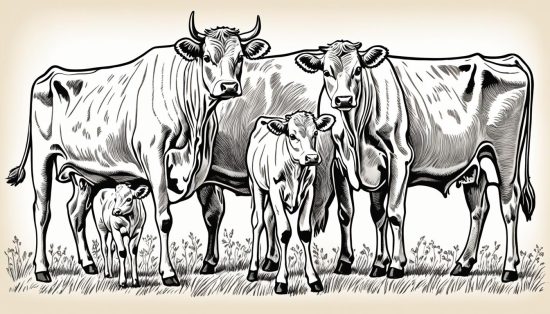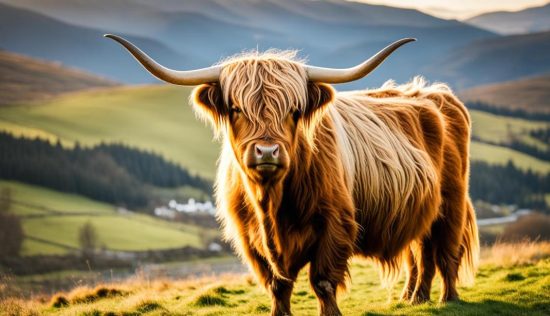How Much Is a Baby Cow? Find Prices and Care Tips
Explore costs, tips, and insights on purchasing a baby grave. Uncover facts about mini cows and high-yield dairy breeds.
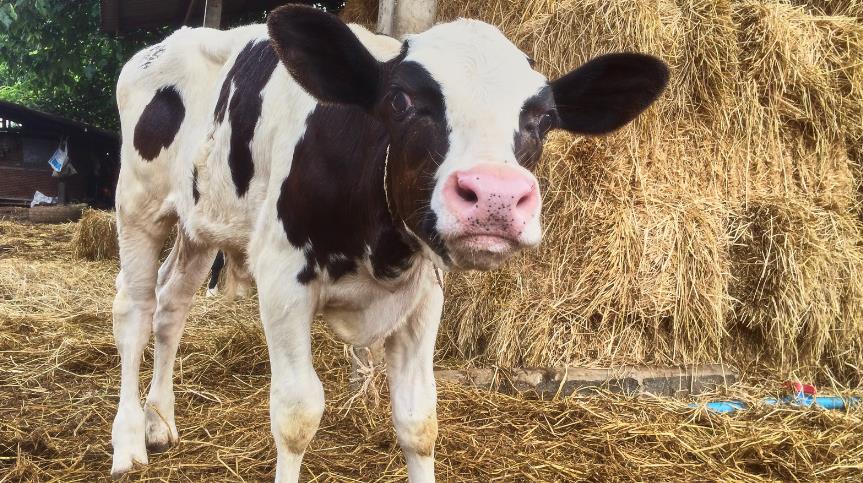
Have you ever wondered how much a baby cow costs? It may seem like a simple question, but the answer is far from straightforward. There are several factors that come into play when determining the price of a baby cow. From the weight and gender to the breed, each aspect plays a significant role in the overall cost. But that’s not all. Taking care of a baby cow also requires specialized attention, including proper feeding, housing, and healthcare.
Understanding the Cost of a Baby Cow
When it comes to the cost of a baby cow, there are various factors that can influence the price. It’s essential to understand these factors to make informed decisions and effectively budget for your investment. Several key factors can affect the prices of young cattle. By taking these factors into consideration, you can better understand the fluctuations in market prices and make more informed purchasing decisions.
- The age and size of the calf play a significant role in determining its price. Generally, younger calves tend to be less expensive than their older counterparts.
- The breed and pedigree of the calf can also impact its price. Certain breeds may be more sought after, which can drive up their cost.
- Market demand is another crucial factor. Supply and demand dynamics can influence prices, as higher demand for young cattle can lead to higher prices.
Revenue and ROI on Investing in a Calf
Investing in a calf can offer potential revenue opportunities and a return on investment (ROI) in the long run. When considering the financial aspects, it’s important to assess the potential revenue and ROI factors:
- Cattle can generate income through various channels, including meat sales, breeding, and specialized markets such as dairy or show cattle.
- To determine the ROI on an investment in a calf, you need to consider the initial cost, ongoing expenses, and the potential returns from selling the cow or its offspring.
Initial Investment: Purchasing and Rearing a Young Bovine
When considering the cost of purchasing a young bovine, there are several factors to take into account. The initial investment for a baby cow can vary depending on its age, breed, and the current market demand. The cost of acquiring the animal itself is just the beginning, as rearing a baby cow requires ongoing expenses for feeding, housing, and healthcare.
Feeding a baby cow involves providing it with a nutritious diet to support its growth and development. The cost of feed can vary depending on the type and quality of the feed, as well as the quantity required. It’s essential to ensure that the baby cow receives the proper nutrition it needs to thrive. Proper housing is another key aspect of rearing a baby cow. A suitable shelter should provide protection from the elements and ample space for the cow to move and grow. The cost of building or maintaining a shelter will depend on factors such as size, materials used, and any additional features required.
Additionally, healthcare costs are an important consideration when raising a baby cow. Regular veterinary check-ups, vaccinations, and any necessary medications or treatments can contribute to the expenses associated with rearing a young bovine.It’s also important to factor in any additional expenses that may arise. This could include purchasing equipment for milking or handling the cow, as well as obtaining any necessary permits or licenses for keeping livestock.
Rearing a baby cow requires a significant investment of both time and financial resources. It’s essential to carefully consider all the associated costs before deciding to take on the responsibility of raising a young bovine.
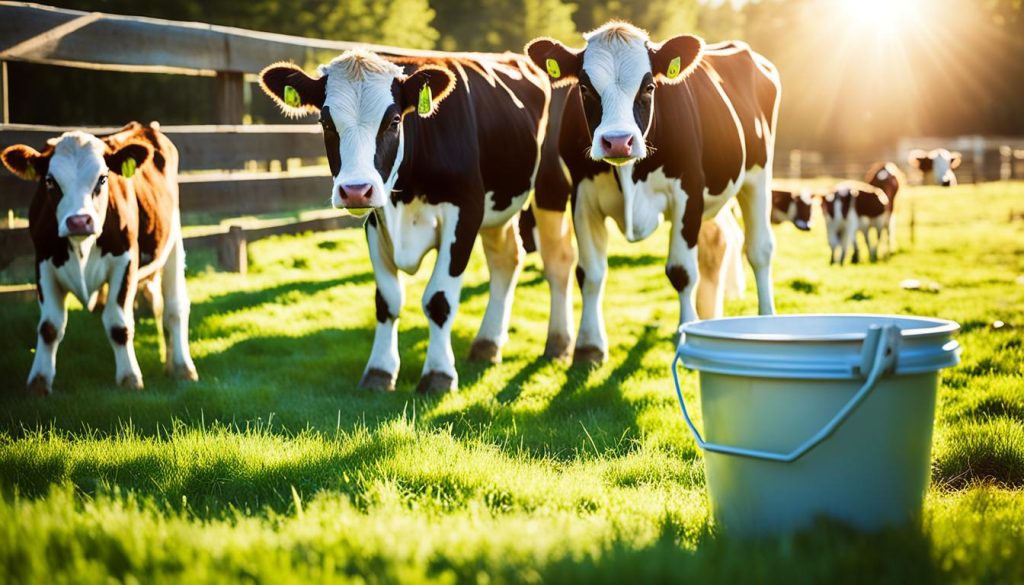
How Much Is a Baby Cow?
The price of a baby cow, also known as a calf, can vary widely depending on factors such as breed, age, health, and market demand. On average, you can expect to pay anywhere from $100 to $500 for a healthy calf. However, prices can fluctuate based on local market conditions, geographical region, and individual circumstances.
| State | Breed | Approximate Price (USD) |
|---|---|---|
| California | Holstein | $100 – $300 |
| Jersey | $150 – $350 | |
| Brown Swiss | $200 – $400 | |
| Guernsey | $200 – $450 | |
| Texas | Holstein | $100 – $300 |
| Jersey | $150 – $350 | |
| Brown Swiss | $200 – $400 | |
| Guernsey | $200 – $450 | |
| Wisconsin | Holstein | $100 – $300 |
| Jersey | $150 – $350 | |
| Brown Swiss | $200 – $400 | |
| Guernsey | $200 – $450 | |
| New York | Holstein | $100 – $300 |
| Jersey | $150 – $350 | |
| Brown Swiss | $200 – $400 | |
| Guernsey | $200 – $450 | |
| Florida | Holstein | $100 – $300 |
| Jersey | $150 – $350 | |
| Brown Swiss | $200 – $400 | |
| Guernsey | $200 – $450 |
Yearlings: Evaluating Cost Against Growth Potential
As a baby cow grows into a yearling, it’s important to evaluate the cost against its growth potential. During this stage, the calf experiences significant development and, subsequently, increases in size and weight.
Factors to consider when evaluating the cost include the ongoing expenses of feeding, such as forage and pasture, as well as hay and grain if necessary. The specific nutritional requirements of the yearling depend on its breed and growth rate. Furthermore, veterinary care remains crucial during the yearling stage. Regular check-ups, vaccinations, and potential treatments for any health issues ensure the continued well-being of the growing cow.
By evaluating the cost against growth potential, it becomes easier to determine the long-term investment required for a yearling. Proper care, nutrition, and veterinary support play significant roles in maximizing its growth potential and future value.
What You’ll Spend on a Mini Cow versus Standard Breeds
When considering the cost of a whole baby cow, it’s important to distinguish between mini cows and standard breeds. Mini cows, as the name suggests, are smaller in size compared to traditional breeds.
The cost of a mini cow can vary depending on factors such as breed, genetics, and demand in the market. While they may require less space and feed compared to standard breeds, their initial purchase price and ongoing expenses can still add up.
On the other hand, standard breeds of baby cows often have higher initial purchase prices due to their larger size and potential for meat production. These breeds generally require more space, feed, and resources throughout their growth stages.
Considering the cost implications of a mini cow versus a standard breed is essential in making an informed decision. It’s important to evaluate the specific needs, characteristics, and long-term goals for the cow to determine the most cost-effective option.
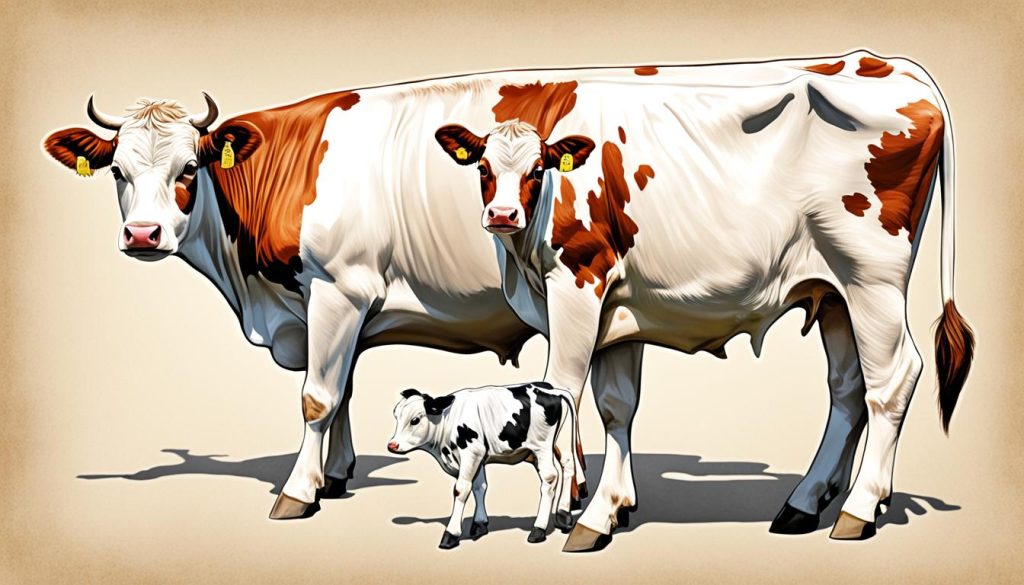
| Expense | Cost Range |
|---|---|
| Milk Replacer or Bottle Feeding | $50 – $200 per month |
| Vaccinations and Veterinary Check-ups | $100 – $300 per year |
| Shelter and Housing | $500 – $1,500 |
| Clean Water and Balanced Diet | $100 – $300 per month |
| Feeding (for Yearlings) | $500 – $1,000 per year |
| Veterinary Care (for Yearlings) | $200 – $500 per year |
Dairy versus Beef Cow Costs
In the world of cattle farming, there are two main types of cows to consider: dairy cows and beef cows. Each type has its own unique characteristics and costs associated with it. If you are interested in investing in cows for milk production, it is important to understand the cost differences between dairy cows and beef cows, as well as their milk production efficiency.
Investing in Dairy Cows: Price and Milk Production Efficiency
Dairy cows are specifically bred for their ability to produce large quantities of milk. When evaluating the price of a dairy cow, factors such as breed, production history, and milk production efficiency come into play. High milk production efficiency means that a cow can produce a significant amount of milk relative to its feed consumption and other resources required for maintenance.
Price variations in dairy cows can be influenced by several factors. Certain breeds, such as Holsteins and Jerseys, are known for their exceptional milk production capabilities and are often priced higher than other breeds. Additionally, the cow’s production history, including the number of lactations and amount of milk produced, can affect its price. It is essential to consider a cow’s breeding potential and its ability to produce a consistent and high quantity of milk over multiple lactation cycles.
Beef Cow Valuation Based on Meat Yield and Breed
Unlike dairy cows, beef cows are primarily raised for meat production. When valuating beef cows, factors such as meat yield and breed characteristics play a significant role. Meat yield refers to the amount of meat that can be obtained from a cow, including both prime cuts and secondary cuts.
Breed characteristics also come into play when evaluating the value of beef cows. Certain breeds, such as Angus and Hereford, are known for their superior meat quality and are often priced higher as a result. These breeds are typically selected for their ability to produce well-marbled, flavorful meat.
Cow Breeds: Individual Characteristics That Influence Prices
In addition to milk production efficiency and meat yield, individual breed characteristics can also influence the price of cows. Different breeds have specific traits that make them more desirable for certain purposes, such as milk production, meat quality, or adaptability to specific climates. These traits can impact the overall value of the cow.
For example, some breeds, like Brown Swiss and Guernsey, are known for their high butterfat content in milk, making them favored among dairy farmers who prioritize cream production. On the other hand, breeds like Charolais and Limousin are highly valued for their fast growth, muscular build, and lean meat, making them popular choices for beef production.
Dairy Cow vs. Beef Cow Comparison
| Cow Type | Cost Factors | Main Purpose | Typical Breeds |
|---|---|---|---|
| Dairy Cow | Breed, production history, milk production efficiency | Milk production | Holstein, Jersey, Brown Swiss |
| Beef Cow | Meat yield, breed characteristics | Meat production | Angus, Hereford, Charolais |
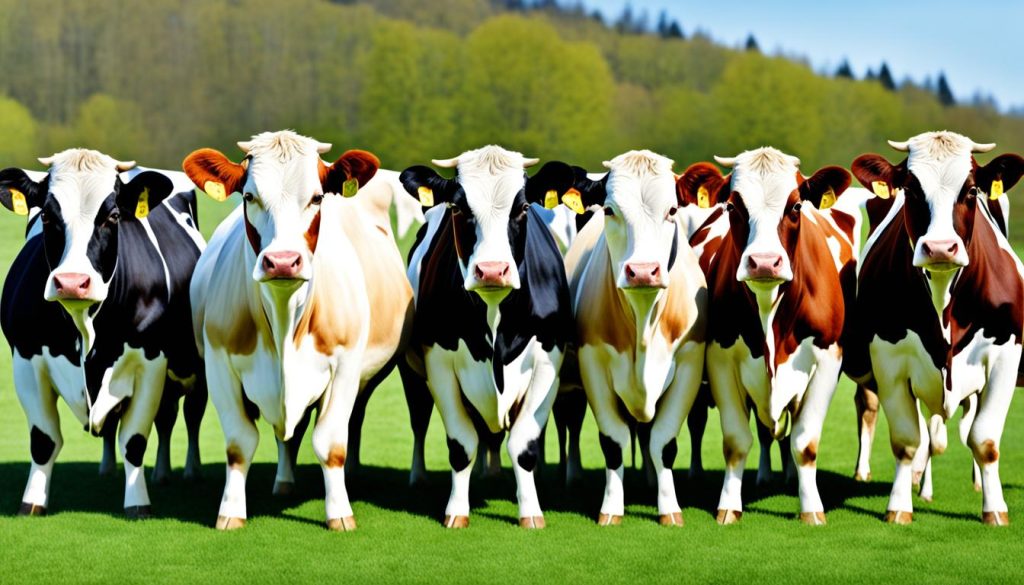
Understanding the cost of owning dairy cows and beef cows, as well as their milk production efficiency, meat yield, and breed characteristics, is crucial for making informed decisions in the cattle farming industry. Whether you are interested in milk production or meat production, selecting the right type of cow and breed that align with your goals and resources is essential for a successful and profitable venture.
Annual Cost Breakdown: Feeding, Healthcare, and Maintenance for a Baby Cow
When considering the annual cost of owning a baby cow, it’s important to take into account various factors. One of the significant expenses is feeding. Feeding expenses for a baby cow can vary depending on its nutritional requirements and the availability of feed resources. High-quality and properly balanced diet should be provided to ensure optimal growth and health of the cow.
Another crucial aspect to consider is healthcare costs. Keeping a baby cow healthy requires vaccinations, regular veterinary check-ups, and, when necessary, medications or treatments. These costs contribute to the overall annual expenses of owning a baby cow, but they are essential for its well-being.
Maintenance costs should also be factored in. Housing, fencing, and general upkeep of the cow’s living environment are necessary for its safety and comfort. Providing a suitable shelter and maintaining a secure fencing system are crucial for the overall maintenance of the baby cow.
As you budget for the annual cost of owning a baby cow, it’s important to consider these factors: feeding expenses, healthcare costs, and maintenance costs. Proper management of these expenses is essential in ensuring the health and welfare of your baby cow and maximizing your investment.
FAQs on how much is a baby cow
How to buy a baby cow?
To buy a baby cow, you can reach out to local farmers, livestock auctions, or reputable breeders. It’s important to research and understand the specific needs and requirements of the breed you are interested in before making a purchase.
How much is a mini cow?
The cost of a mini cow can vary, but they generally range from $1,000 to $4,000. However, it’s important to note that mini cows may require specialized care and have specific breeding considerations.
Which cow gives 50 litres of milk?
The amount of milk a cow can produce depends on various factors such as breed, genetics, and management practices. While certain high-yielding dairy breeds like Holsteins are known to produce large quantities of milk, individual cow performance may vary.
How much is a whole baby cow?
The price of a whole baby cow depends on factors such as age, weight, breed, and market demand. On average, a whole baby cow can cost anywhere from $500 to $2,500.

